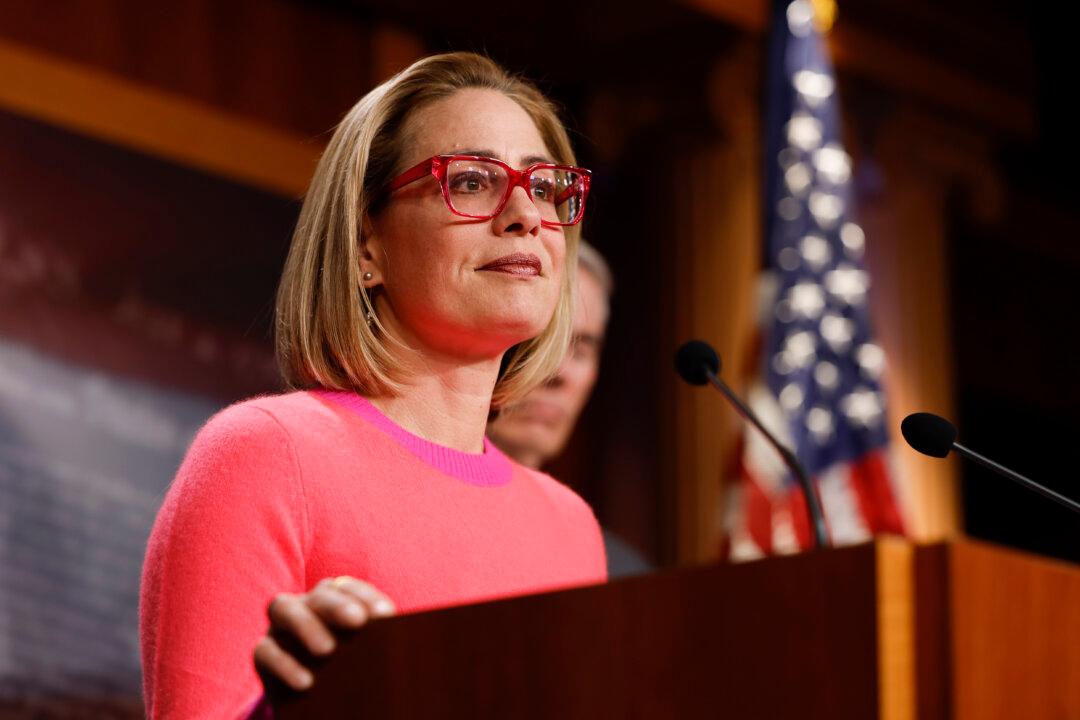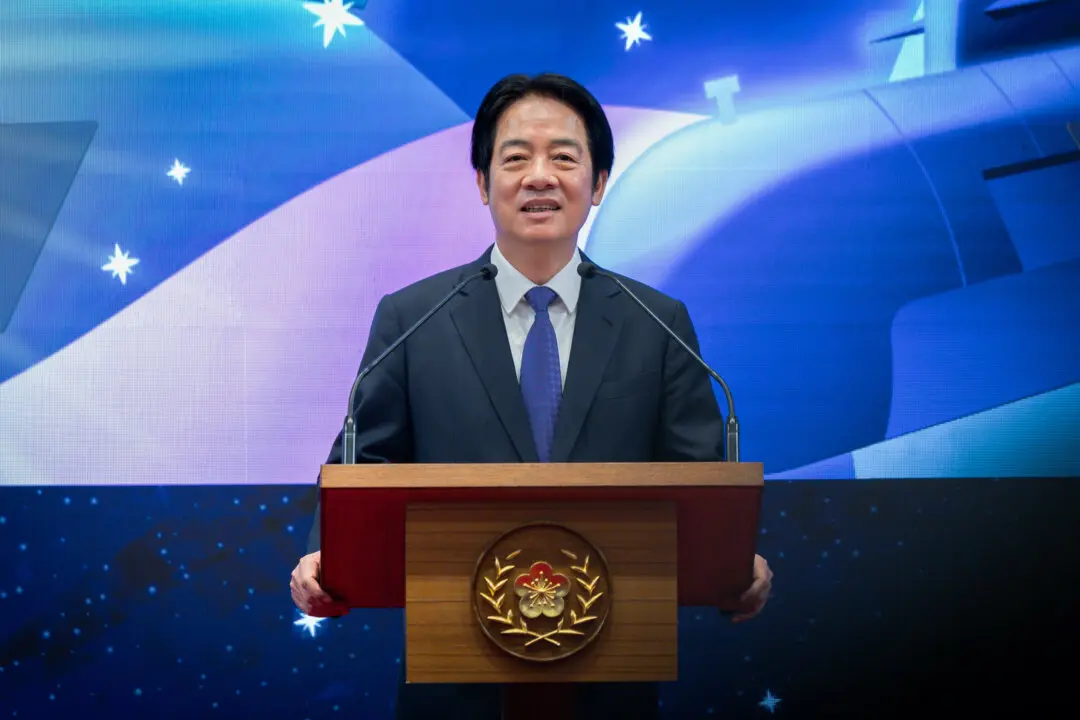Sen. Kyrsten Sinema (I-Ariz.) is planning to take a group of bipartisan senators on a trip to the southern U.S. border so that they can see for themselves the crisis that’s happening.
“Part of the problem is that many in Washington have never taken the time to really see our border up close,” Sinema said in a speech on the Senate floor on Dec. 20. “Without seeing it for all of its diversity and its challenges, it can be easy to rely on the partisan talking points instead of focusing on the meaningful, realistic solutions.





